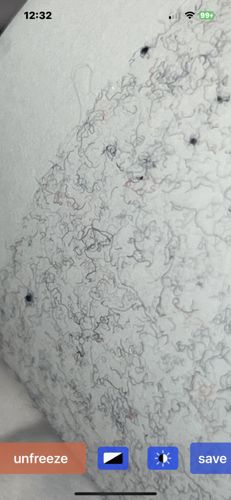Nematodes (Roundworms)
Scientific Name: Nematoda (Phylum)
Order & Family: Phylum Nematoda (no single order/family covers all, as it's a phylum comprising many classes, orders, and families).
Size: Most free-living species range from 0.1 mm to 2.5 mm in length, though some can be larger. Parasitic species can vary greatly, with some reaching several centimeters or even meters (e.g., female guinea worm).

Natural Habitat
Extremely diverse; found in almost every habitat on Earth, including soil (terrestrial), freshwater, saltwater, and as parasites within plants and animals.
Diet & Feeding
Varies widely. Free-living nematodes can be bacterivores (eat bacteria), fungivores (eat fungi), predators (eat other nematodes or small invertebrates), or omnivores. Plant-parasitic nematodes feed on plant roots. Animal-parasitic nematodes feed on tissues, blood, or intestinal contents of their hosts.
Behavior Patterns
Nematodes move in a characteristic undulating or thrashing motion. Many are free-living and play a vital role in nutrient cycling in soil and aquatic environments. Parasitic nematodes have complex life cycles, often involving multiple hosts or stages, and can actively seek out hosts. As the image looks like it could be a microscopic view of a sample, the 'black dots' might be debris or other organisms, as individual nematodes are typically not visible as discrete dots at this magnification. The 'curly lines' are characteristic of their body shape and movement.
Risks & Benefits
Benefits: Many free-living nematodes are crucial for soil health, decomposing organic matter, and cycling nutrients. They are also used as biological control agents against insect pests (entomopathogenic nematodes) and some plant pests. Risks: Many species are significant parasites of plants (e.g., root-knot nematodes causing crop damage) and animals, including humans. Human parasitic nematodes can cause a wide range of diseases, from relatively mild intestinal infections (e.g., pinworms, hookworms, roundworms) to debilitating or life-threatening conditions (e.g., filariasis, trichinosis).
Identified on: 8/29/2025